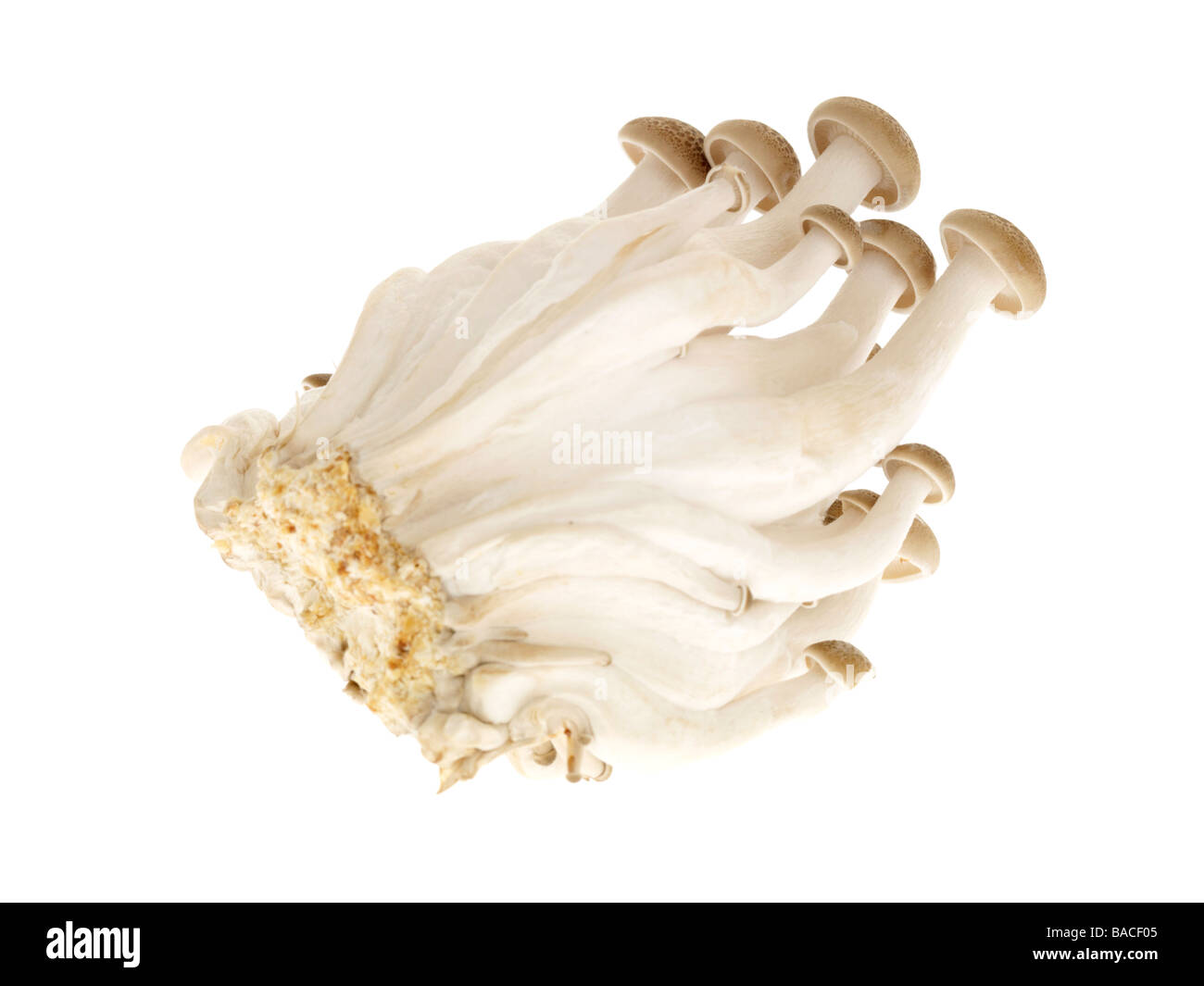

These are sometimes marketed as “Hon-shimeji,” but this name correctly applies to a different mushroom that has only recently come under commercial cultivation.īuna-shimeji are saprophytic mushrooms commonly found on beech trees, giving rise to the common name ‘ beech mushroom‘. This page deals with the brown and white beech mushrooms (buna- and bunapi-shimeji respectively). While often sold simply as ‘shimeji’ mushrooms, that name actually applies to a confusingly large number of mushroom species and varieties. Soft, dark or particularly ‘furry’ mushrooms indicates spoilage and should be discarded.Īs with most mushrooms, uncooked shimeji mushrooms do not freeze well. If this happens, the mushrooms can be washed/scrubbed a little more vigorously and then used normally. They are growing because the fungus is attempting to expand beyond its mature stalks and re-establish itself. This fuzz is not mold, but the mycelia (structures somewhat like the ‘roots’ of a fungus) of the shimeji mushroom itself. When they get a bit too old, shimeji mushrooms can start to look a little soft, and may start to grow a powdery, fuzzy surface. In this case, they should be transferred to a paper bag, kept in the refrigerator, and used within 5 days. plastic wrap), they will not keep as well. If the mushrooms are packaged in a non-porous material (e.g. If you leave this packaging on, your mushrooms will keep in the refrigerator for several weeks. The cellophane-like plastic is actually microporous, allowing air through, but keeping dirt and grime off. Shimeji mushrooms store quite well in the refrigerator if they’re given a chance to breathe a little. STORE - If you’ve purchased mushrooms in a little plastic tub with a cellophane-like plastic covering, leave the mushrooms in this until you’re ready to use them. Only harvest wild mushrooms if you are absolutely certain of their identity and safety. That being said, they are far more easily obtained from commercial operations, especially given their habit of growing high up on a tree. In parts of North America, Europe, and East Asia, buna-shimeji can be found growing wild.

Look for them in the produce section along with other mushrooms, often in cellophane-like micro-porous plastic packages. FIND - Buna- and bunapi-shimeji mushrooms (brown and white varieties respectively) are increasingly common in grocery stores, but are most common in Asian grocery stores or in areas with large East Asian or Italian populations.


 0 kommentar(er)
0 kommentar(er)
